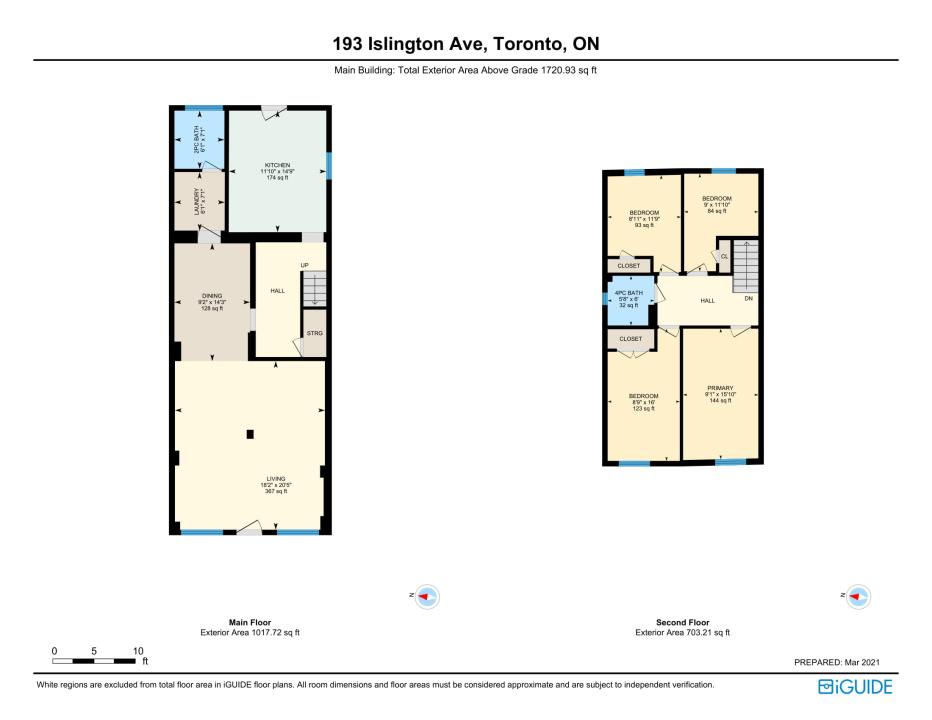How do I sell a parent’s home with pets still living there?
Want to sell a parent’s home with pets still living there — and keep the sale fast, clean, and humane? Read this.
Quick reality: pets don’t have to kill your sale
Selling a parent’s home when pets are still living there is common. Buyers worry about odors, stains, and damage. You can eliminate those objections with a clear, repeatable plan. Below are direct, actionable steps to sell the house quickly while protecting the animals and the home value.
1) Start with an honest assessment
Walk every room and list pet-related fixes: carpets, scratches, litter areas, and odor hotspots. Prioritize fixes that cost little but boost buyer confidence: replace stained carpets, refinish scratched floors, and deep-clean upholstery.

2) Neutralize odor and visible signs now
Odors are the fastest deal-killer. Hire a professional cleaner for carpets and HVAC vents. Use enzymatic cleaners for urine and odor. Open windows, add air purifiers, and remove litter boxes from visible areas before photos and showings.
3) Stage around the pets, don’t hide them
Staging should make the home aspirational. Photograph the home empty for listings; let buyers imagine their life. For showings, keep a pet-free “neutral zone” so buyers can tour without allergies or fears.
4) Plan showings with the pets’ comfort in mind
Create a predictable, low-stress routine: schedule showings during doggy daycare hours, ask family members to take cats to a quiet room with food and litter, or hire a pet sitter for open houses. Offer clear instructions for the sitter and provide emergency contacts.
5) Be transparent — and use it as trust currency
Disclose pet history and repairs done. Buyers appreciate honesty. List recent professional cleanings, replaced items, and any repairs. Transparency speeds closings and reduces renegotiation risk.

6) Price and market strategically
Market the property as pet-friendly if the neighborhood attracts pet owners. Show nearby parks, vet clinics, and walking trails in the listing. If repairs are extensive, price to reflect condition while highlighting the upside for pet-loving buyers.
7) Consider alternative approaches
If keeping pets during the sale is too risky, explore short-term boarding, trusted family care, or temporary foster. For seniors who cannot move pets, include a clear plan in the contract—timeframes for pet removal or caregiver agreements.
8) Work with a local expert who handles pet sales every week
A realtor who has sold homes with pets knows the checklist, vendors, and language that reassures buyers. They coordinate cleaners, sitters, and contractors so you don’t waste time.
If you need a local partner who moves deals forward and treats pets with care, contact Tony Sousa — experienced in selling homes with pets and seniors’ needs. Email: tony@sousasells.ca • Phone: 416-477-2620 • https://www.sousasells.ca
Follow these steps and you’ll protect value, shorten days on market, and keep everyone—human and animal—safe and respected. Start today: make a short list of pet issues, book a professional cleaning, and set showing rules. The sale gets easier from there.





















